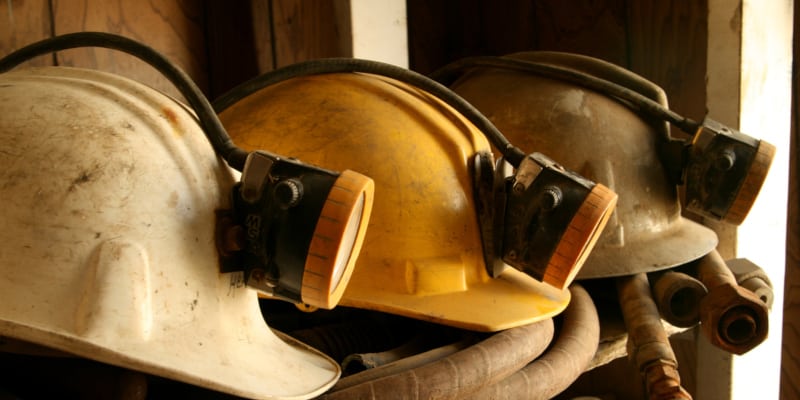
A busy and productive underground mine is a complex operation, with people and machines moving around constantly to keep the face active. Mine safety, i.e. safeguarding the lives of mineworkers and doing everything possible to keep them from harm, is a top priority for any responsible mine operator.
A big part of managing the safety and health of all underground mine personnel is derived from simply knowing where the miners are, all the time. This is often easier said than done, though. To do their jobs, mine workers may work in many different parts of the mine at the same time, some quite far away from each other, and some personnel may regularly move around from area to area, increasing the complexity of monitoring their whereabouts.
Fortunately, making use of technologically advanced products and solutions from RAMJACK’s underground production and safety management partner, Newtrax, easily solves this problem. Newtrax has developed a range of personal safety devices for underground miners that integrate a high-strength, efficient miner’s cap lamp and a wireless multifunction communication unit into a single, versatile piece of personal protection equipment (PPE).
These devices can connect to just about any existing network in the mine, e.g. leaky feeder, Wi-Fi, or LTE, making it easy to track the whereabouts of all miners, all the time. Newtrax-enabled lamp-based devices can also be used to send emergency/evacuation notifications to personnel, notify miners and vehicle/heavy equipment operators that they are in proximity to each other (via similar devices mounted on vehicles and other equipment), and for other notification and communication purposes (depending on model/specification).
Knowing where personnel are all the time allows mine management to monitor productivity (i.e. make sure miners are where they are supposed to be to perform their work), control access to unsafe areas and prevent miners from putting themselves in danger, optimise emergency and evacuation procedures, optimise post-blast shaft clearance times, and in turn make a massive contribution to mine safety.

